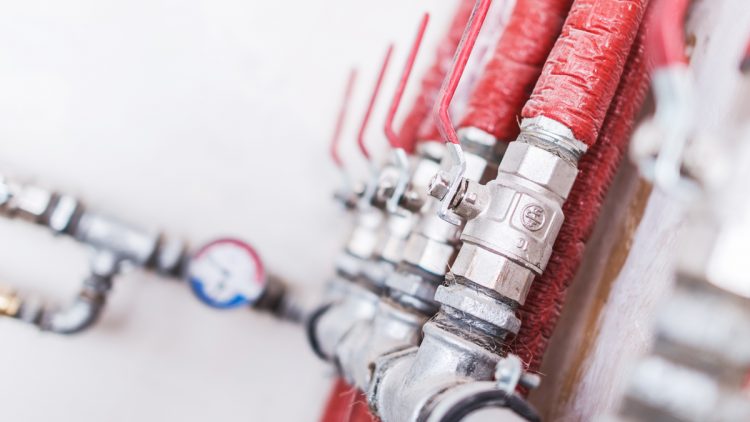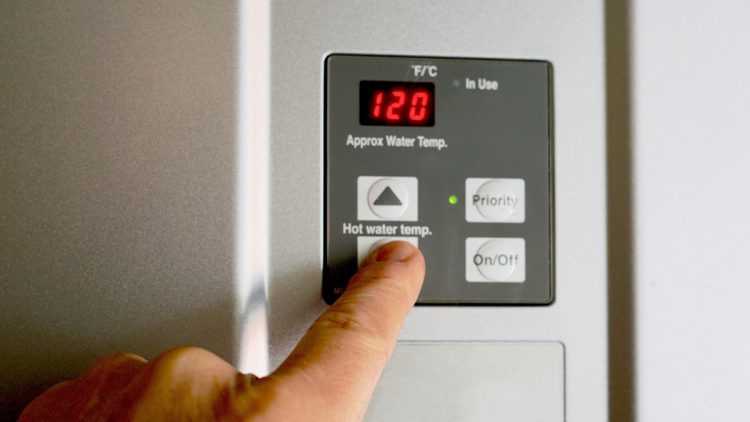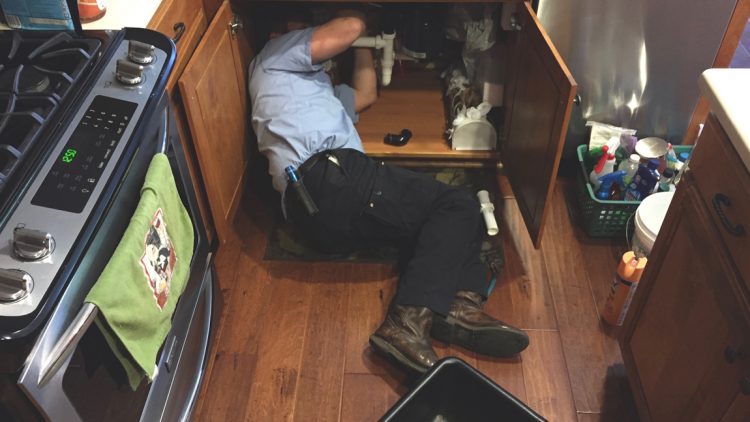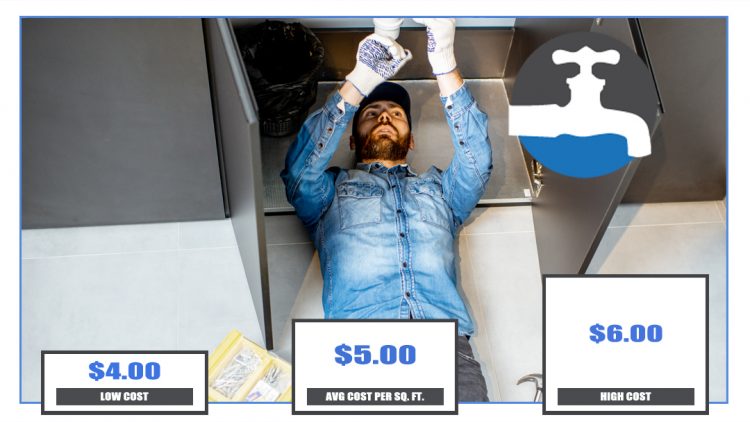What Is A Riser In Plumbing?
A major part of commercial plumbing is moving fresh water from floor to floor. One of the essential parts of this task is a riser. Plumbing in commercial buildings simply will not work without risers. Let’s take a detailed look at this key piece of plumbing.
What Are Risers?
Risers, also called riser mains, refer to the water supply lines which move from one floor to another. These are the vertical pipes within a building that allow fresh water to rise up from lower floors to higher ones. Risers have features like backflow preventers that stop water from moving in the wrong direction.
Risers can be constructed of various materials. The type of riser used will ultimately depend on the age of the building. Oftentimes, risers are made of copper, brass, plastic, and galvanized steel. Risers have a limited lifespan and will need to be replaced at some point.
Signs A Riser Needs To Be Replaced
You will be able to estimate the timing of a riser replacement by the age of the pipes. For example, plastic pipes have the shortest average lifespan (40 years). Galvanized steel can last about 50 years, brass for 70 years, and K-type copper for nearly 100 years. Fortunately, copper piping is most commonly used in commercial construction today.
Of course, age isn’t the only way to determine when it’s time for a replacement. Other factors like amount of use, chemicals that cause corrosion in the water, and maintenance history all play roles. It’s recommended to call a plumber to inspect the riser if you believe it’s time for a replacement.
Keep an eye out for the following signs that a riser may need to be replaced.
Discoloration
Deteriorating metal pipes can result in the discoloration of fresh water.
Higher Water Bills
Leaking risers can send a clear warning sign in the form of higher than normal water bills.
Leaks
If you notice water staining appearing on the walls, it may be a sign of a leaking riser.
Water Pressure Decline
If the water pressure in the building starts to decline, it can indicate an issue with the riser. If this is the case, upper floors will experience the biggest decline in pressure.
Holder Plumbing In Phoenix Valley AZ
Our full-service plumbing company has proudly served the Phoenix Valley since 1983! With over 35 years of experience there’s no problem we haven’t fix and cannot fix at your home. From clogged drains and overflowing toilets to sewer line problems and sump pumps our team will get your home’s plumbing in tip top shape. Our professional services will put your mind at ease knowing that you’ve hired seasoned professionals who will get the job done right! Contact us today!




